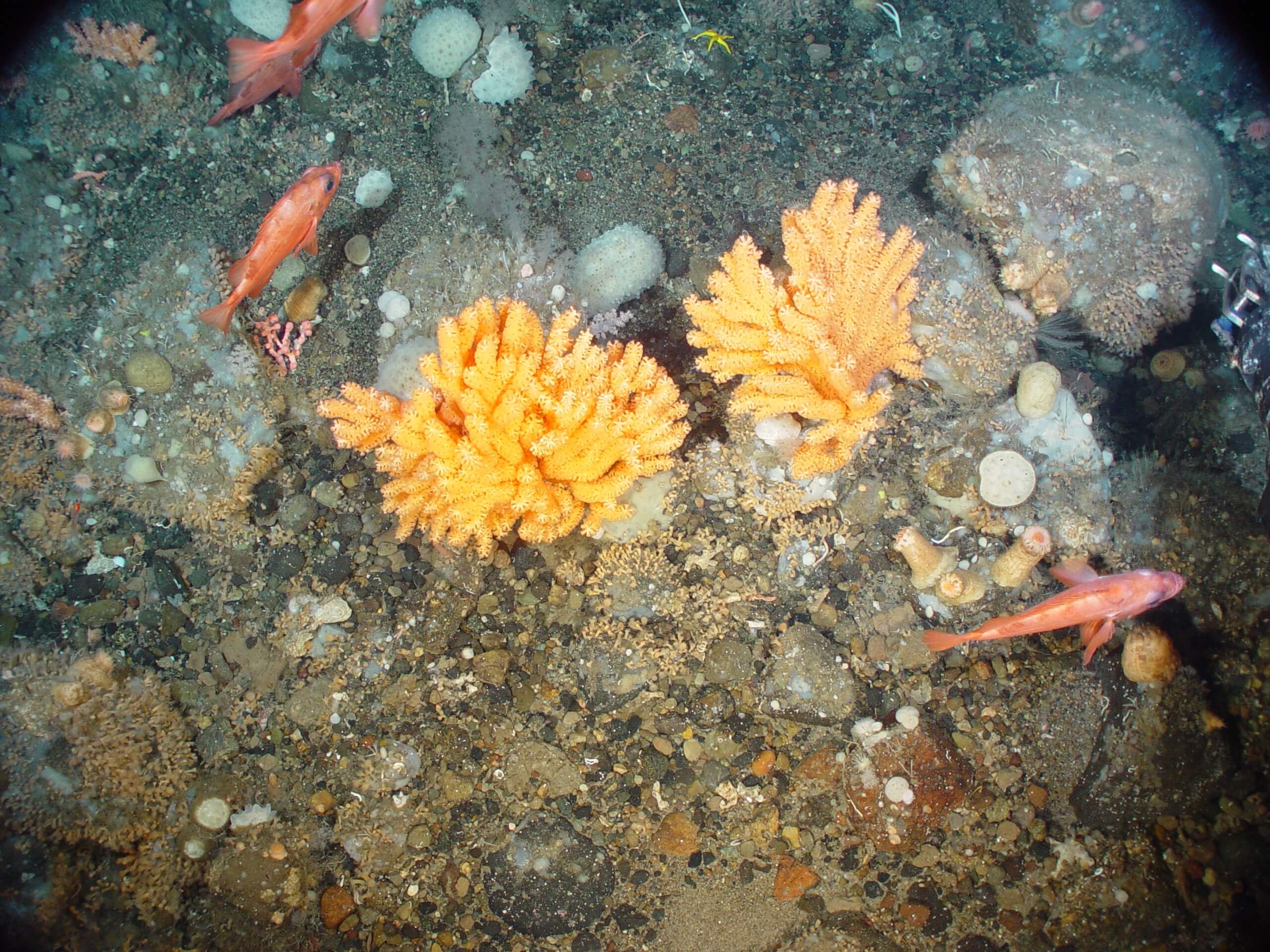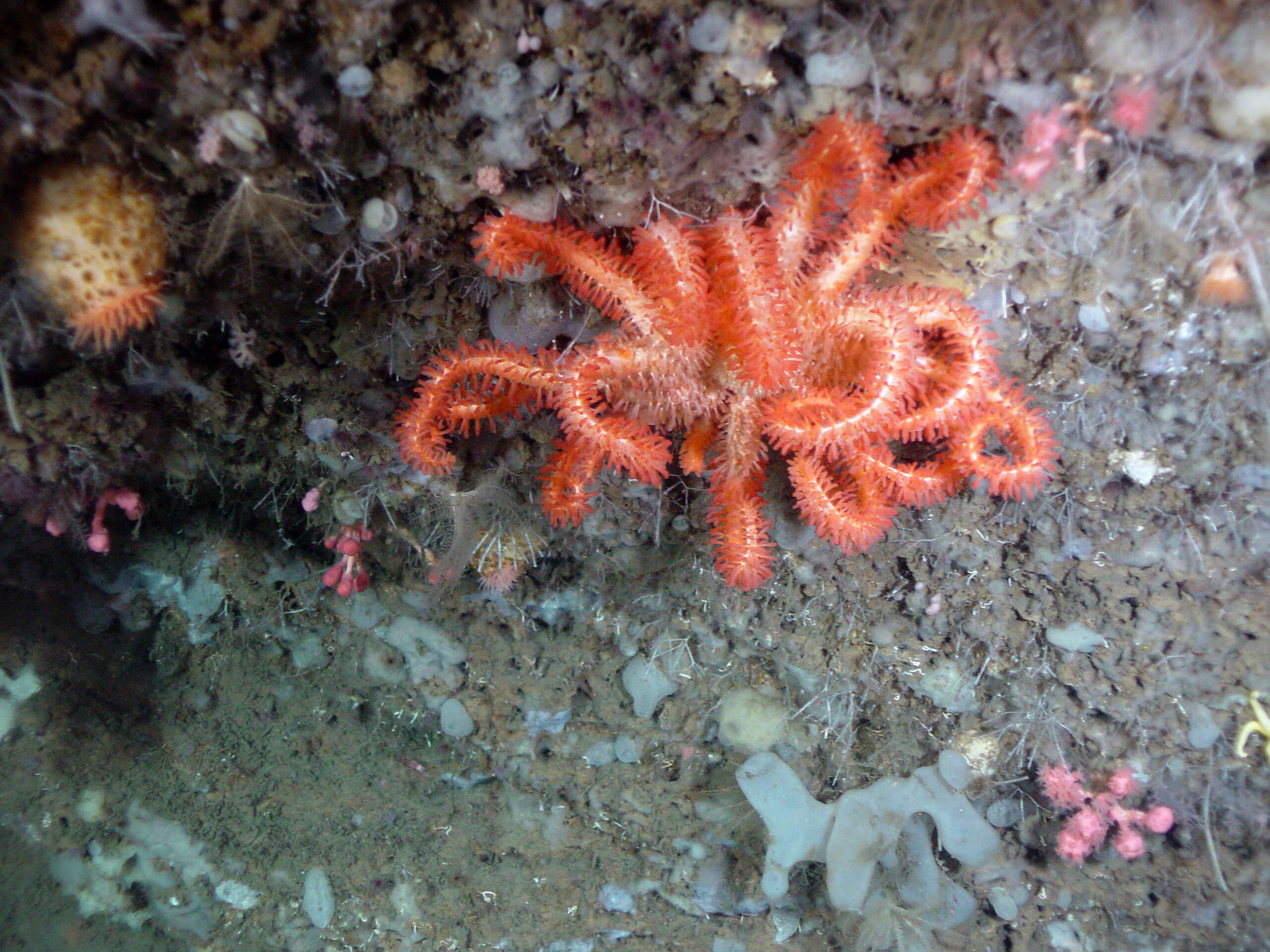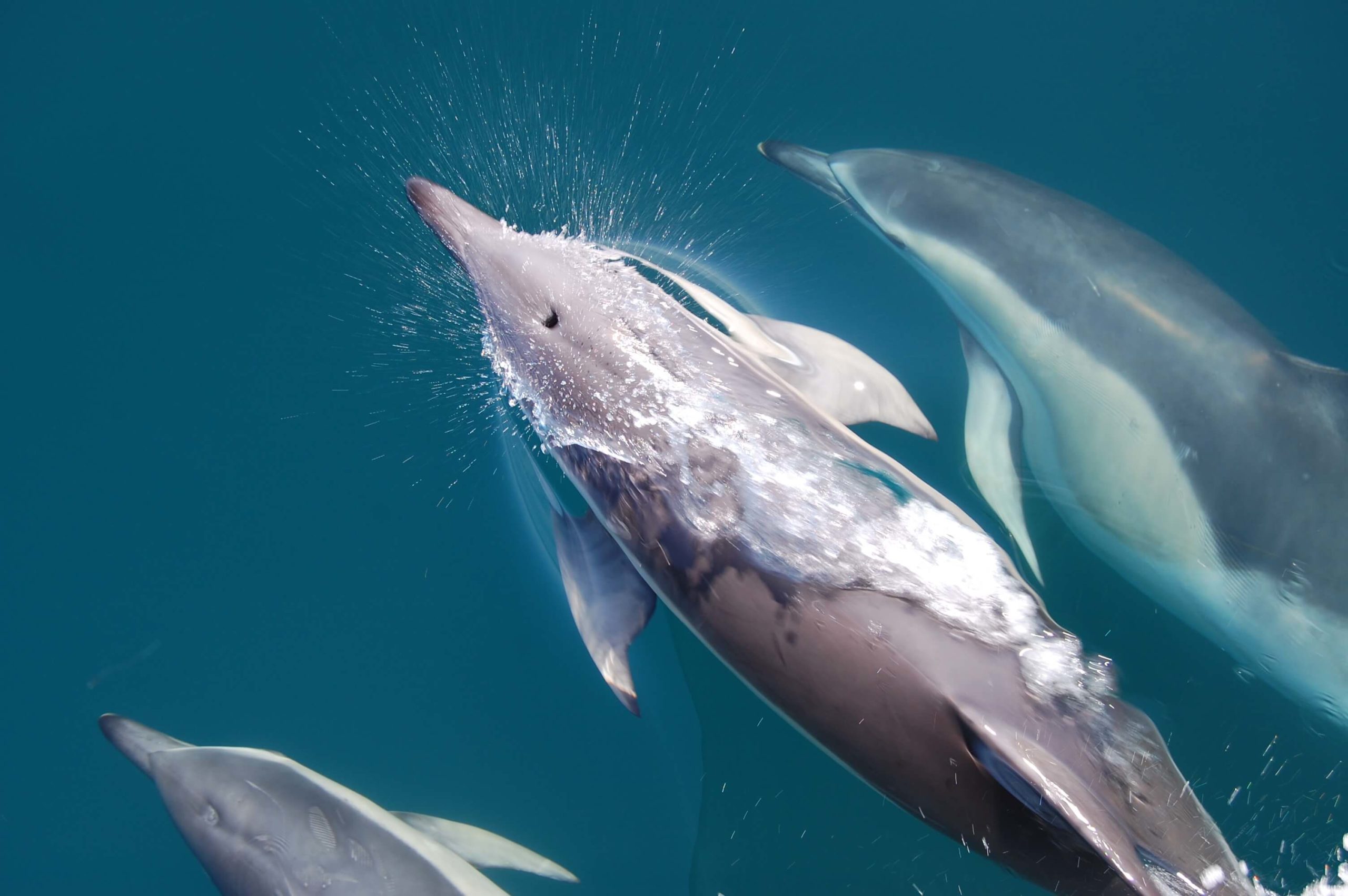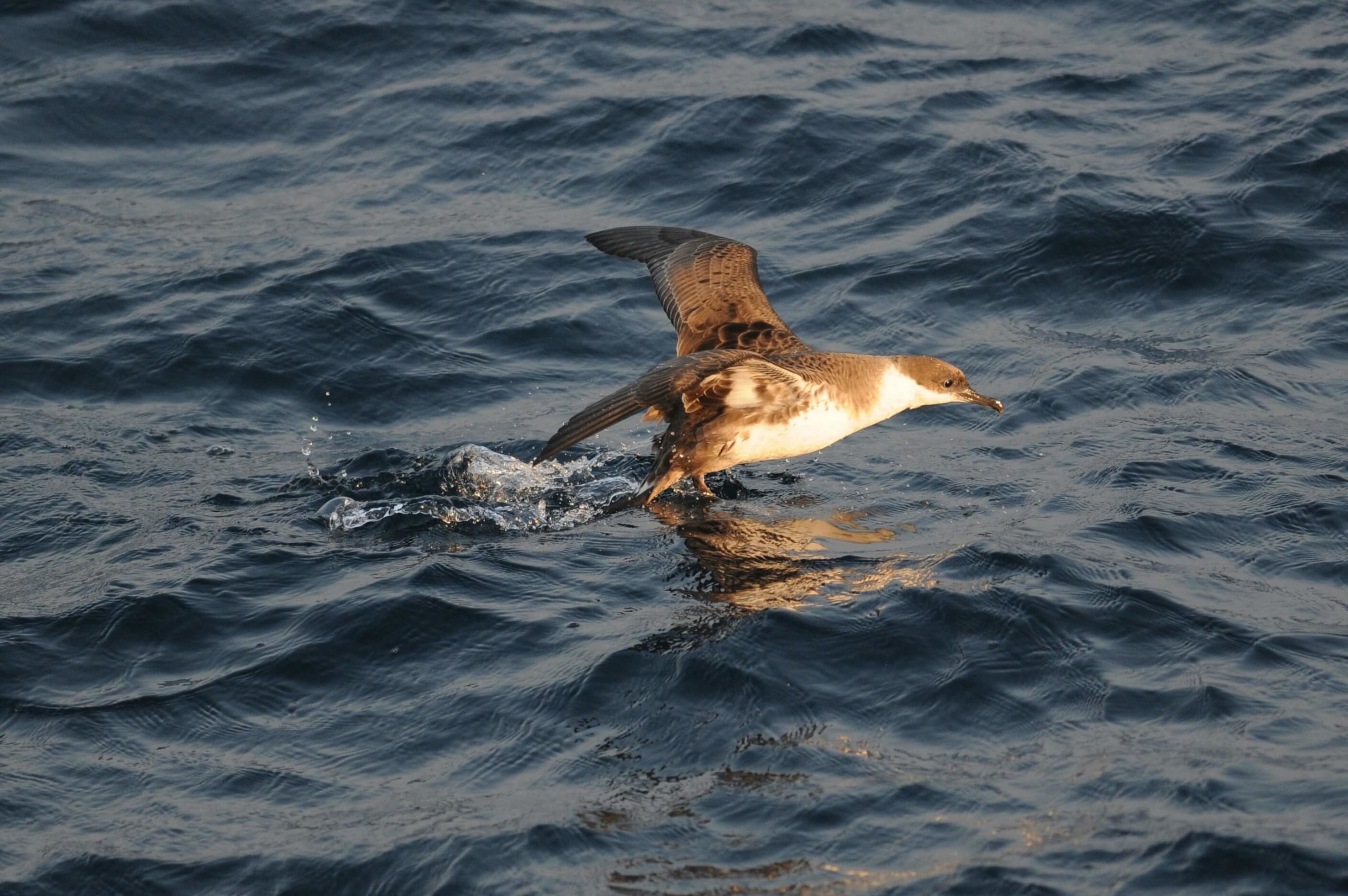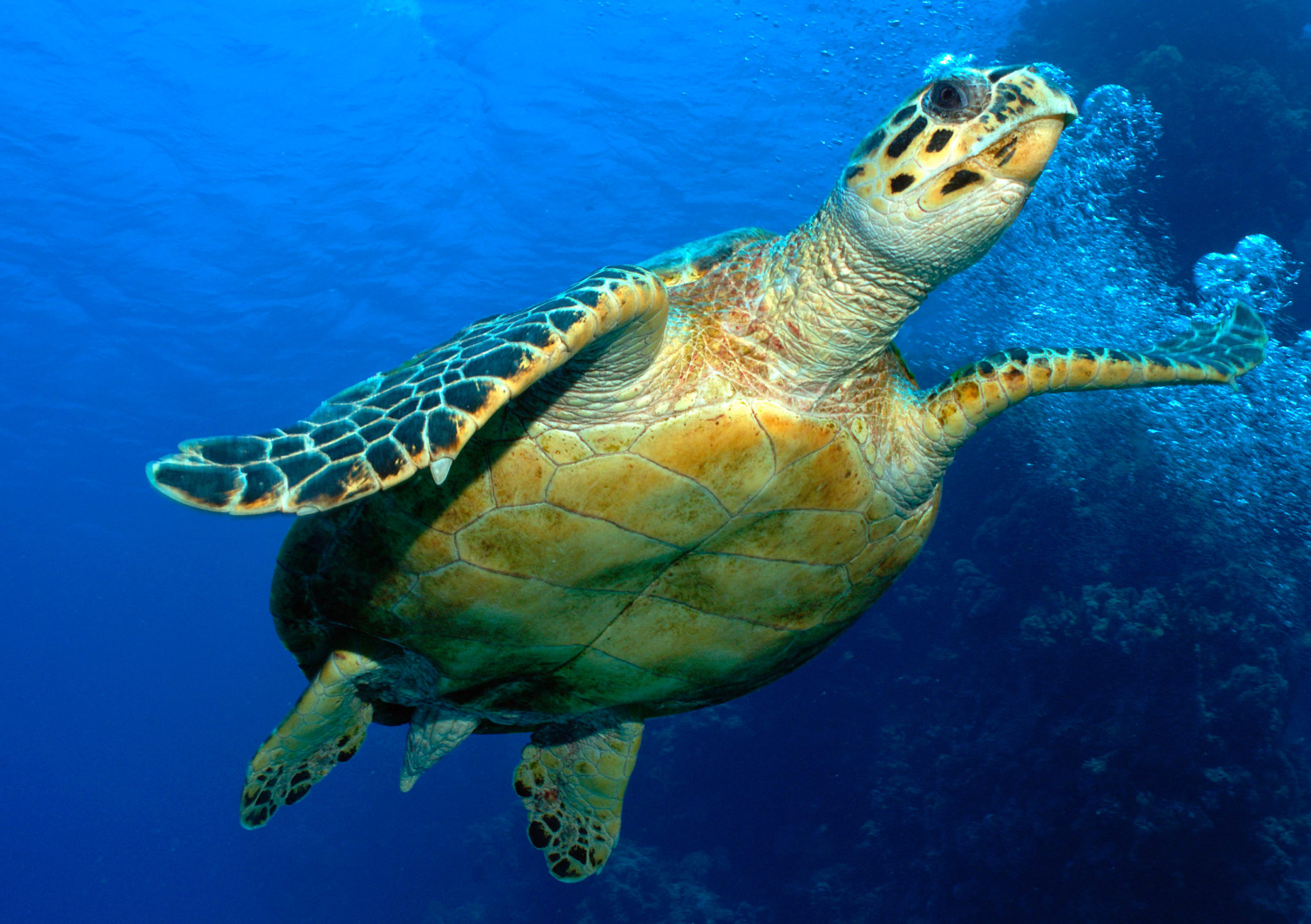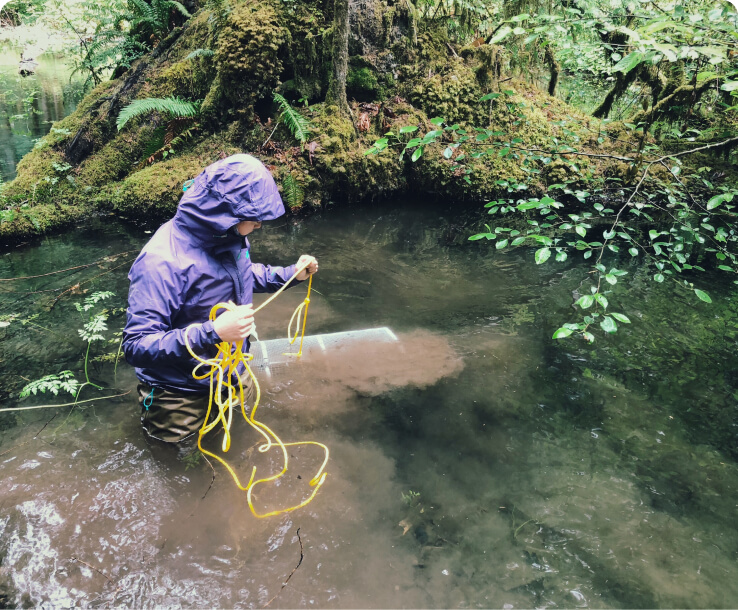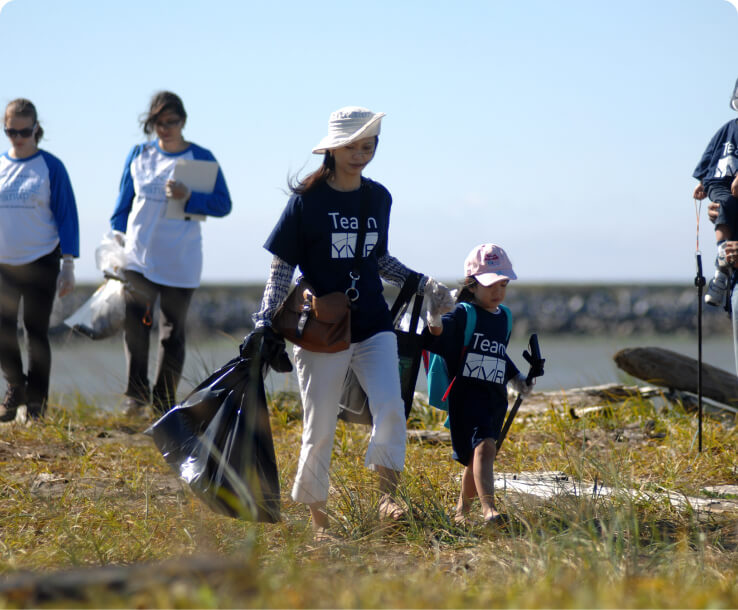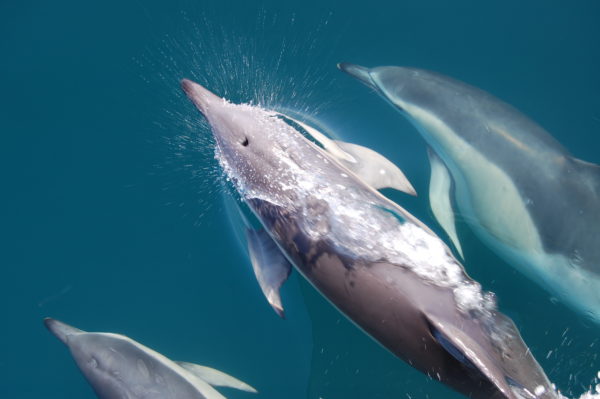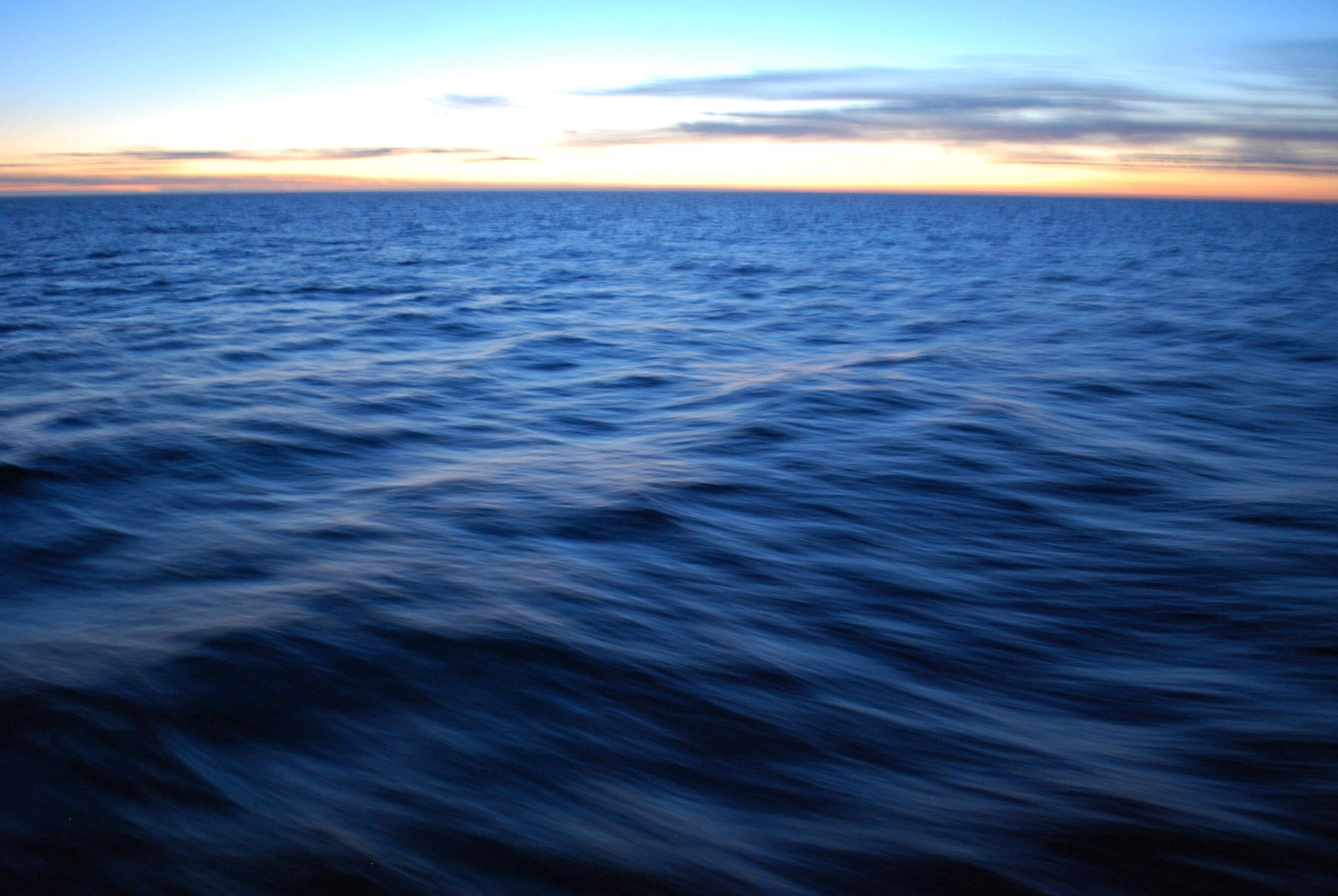Thanks in part to WWF-Canada’s efforts, the Gully became Atlantic Canada’s first marine protected area (MPA) in May 2004. As a result, the area within the Gully’s borders is now protected from oil and gas development, as well as fishing in its most vulnerable zones.
The Gully is home to a unique population of endangered northern bottlenose whales. Today, the biggest threats to their survival include being hit by ships or getting entangled in fishing gear. Because they use sound to navigate and communicate, they’re also affected by noise pollution from shipping, sonar and seismic testing.

